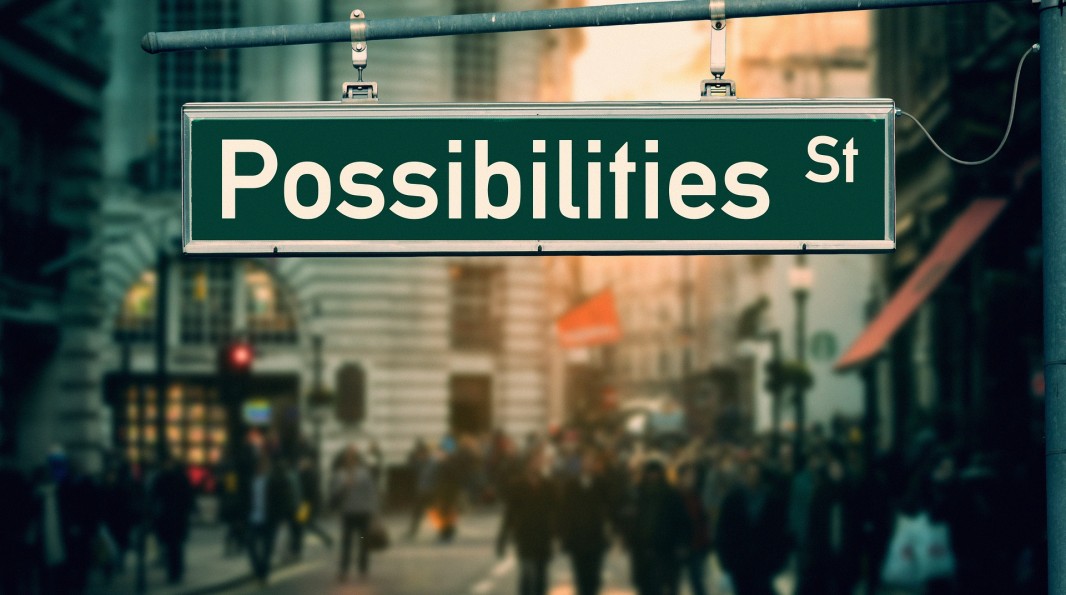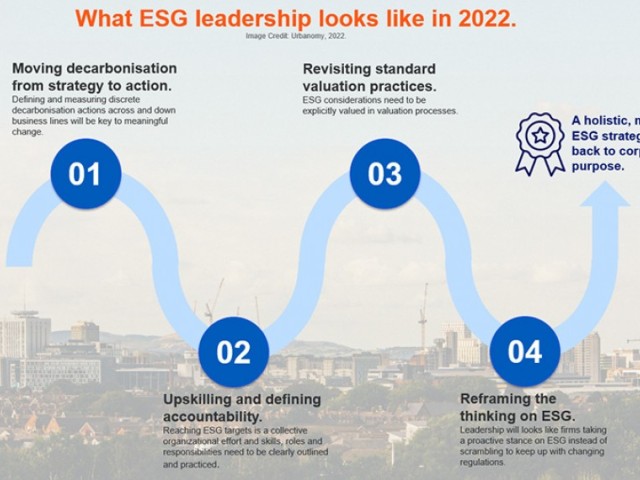By Lucie Raty, Urbanomy
5/07/2023
A few days ago, I was invited to speak at an IT department seminar.
The request? An interactive and 'inspirational' discussion about the environmental transition.
There's nothing more difficult than a blank page for those who, like me, are convinced that creativity comes from constraint.
And yet the narrative arc appeared as self-evident and is a topic that is very dear to me: renouncing.
What is our capacity, as individuals and as organisations, to renounce or to create the conditions for a positive renunciation?
That said, to renounce, one needs to know what to renounce. And for what impact. This means not only changing the way we make decisions but also knowing the rough estimates of our choices.
Quantifiable, understandable, comparable: 3 key ingredients to become an indicator
When it comes to energy choices, the link between energy and climate seems fairly easy: reducing carbon-intensive uses and switching to low-carbon energy sources.
But in reality, as soon as one starts looking at the issue, one realises that almost everything can be judged in terms of carbon emitted (the energy directly consumed to make something work, for example fuel to run a car) but also embodied energy - i.e. the quantity of energy consumed for the rest of the life cycle of a material or product: its extraction, transformation or manufacture, its transportation, its distribution, its use, its maintenance, its sorting and recycling...
Suddenly, a whole new world opens up. A world where we question the very relevance of creating this new piece of equipment, promoted as innovative and destined to help reduce carbon emissions; but which will require a great deal of resources for its prototyping, its production, its distribution, etc.
So even before this new equipment emits less carbon once it's up and running, it will inevitably already have a larger embodied footprint than if it had never been manufactured.
Hence the constant questioning of whether to replace or manufacture new equipment and for what lifespan? In the end, isn't the embodied impact of this new equipment greater than keeping on using our good old polluting equipment, which has already paid for itself?
The good news is that this reasoning applies to many departments within a company: computers&screens for IT, energy systems for operations, vehicles for a fleet manager...
And once you start thinking this way, it really becomes an obsession! Carbon is just one unit; a very convenient one because it is quantified and there is a scientific and international consensus on how to account for it. This makes the unit useful, even unavoidable, because it is understandable and comparable.
Quantifiable, understandable, comparable: 3 key ingredients to become an indicator. But it opens up the question to wider issues: biodiversity, planetary boundaries and climate.

Geralt / Pixabay
Transcript
Picture of a street sign reading "Possibilities Street"
Could doing something also mean... doing nothing at all?
Everyone hears about decarbonisation but great is the risk of overusing the concept and stripping it of its substance.
What does decarbonisation mean? It's not about removing carbon. Decarbonising is an action verb and yet the more we act, the more carbon we emit!
In the decarbonisation pathways proposed by Urbanomy, we insist on the first move which is measuring. This starting point, which provides a reference situation, can then be used to define the levers for avoiding and reducing emissions.
Defining levers is a very good thing and it meets a need that is well established in companies when facing a problem: "what should we do to improve the situation?"
What if, precisely, one of the possible answers, one of the levers were... to do nothing at all? Doing nothing should always be considered a fully-fledged decision and among the options. Doing nothing does not mean disengaging, it means taking a decision and accepting the consequences.
Doing nothing sometimes means renouncing.
When facing planetary boundaries, companies with business models based on the use of resources and raw materials will have to face this matter of renunciation. This means we need to start thinking now about how we can support this change. For instance, given the regulatory context (no net land take, built environment regulations, etc), will a developer whose business is to build on undeveloped land still be developing in ten years' time? Or revegetating and refurbishing?
Renouncing can and should be one of the brave new corporate behaviours
Renouncing is not difficult. It's a choice.
When you have to brainstorm on "what should be done regarding this project?", think of reversing the question, just to see.
What shouldn't be done regarding this project? The perspectives will be different. And may open up new approaches.

About the author
Lucie Raty
Lucie is Urbanomy’s co-founder and Deputy CEO.
While at Veolia, Dalkia and within EDF’s International Division, she carried out numerous operations linked to Corporate Social Responsibility, change management and the development of new offers.
Lucie takes pride in bringing together matters that may not seem obvious at first. This is how she pictures business transformation for companies from the public and private sector alike.














